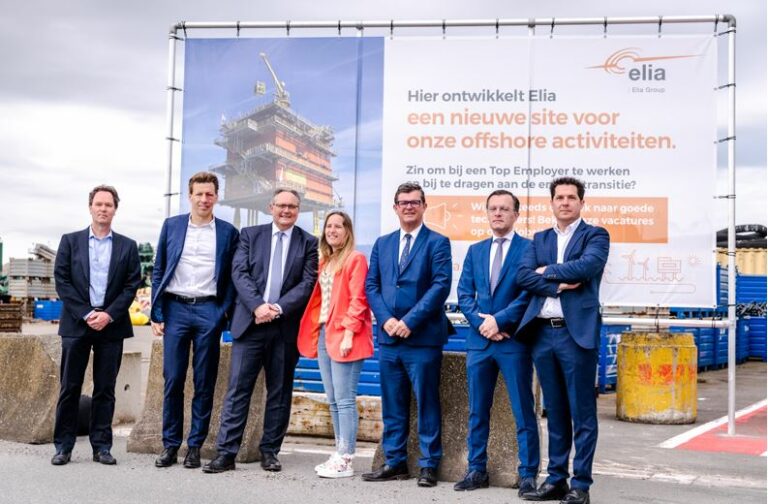
The site on which the centre will be built is located along the quay near 14 Esplanadestraat. Elia said that its location along the quay will be ideal for operations carried out at sea.
The invitation to tender for the building’s design was launched last week. The building will include a multifunctional space (500 square metres) which will serve as a centre of expertise and will be used to host visitors as well.
The site will cover an area of approximately 3,000 square metres and will accommodate a number of buildings and activities, such as a control room to monitor Elia’s offshore activities and a warehouse that will be used to store construction equipment and spare parts.
Up to 30 people will work in the offices on site while two-thirds of these individuals will be technicians who will regularly carry out offshore inspection and maintenance work.
The site will serve purely administrative and operational purposes.
The building is planned to be commissioned at the end of 2025.
Belgium currently has a total offshore wind capacity of 2.3 GW (nine wind farms), which will grow to 6 GW by 2030 due to the development of a second offshore wind zone, namely the Princess Elisabeth zone.
The country is also planning to construct new subsea interconnections that will allow offshore wind energy generated in other zones to be transported to the mainland.
To achieve this, Elia will build numerous offshore assets over the next decade, the Belgium TSO said, such as the artificial Princess Elisabeth Island and subsea interconnections that will run from Belgium to the UK (Nautilus) and Denmark (TritonLink).
To build and maintain this infrastructure, an onshore support base is needed and that’s why Elia chose the Port of Ostend since it is an important offshore wind energy hub, said the company.